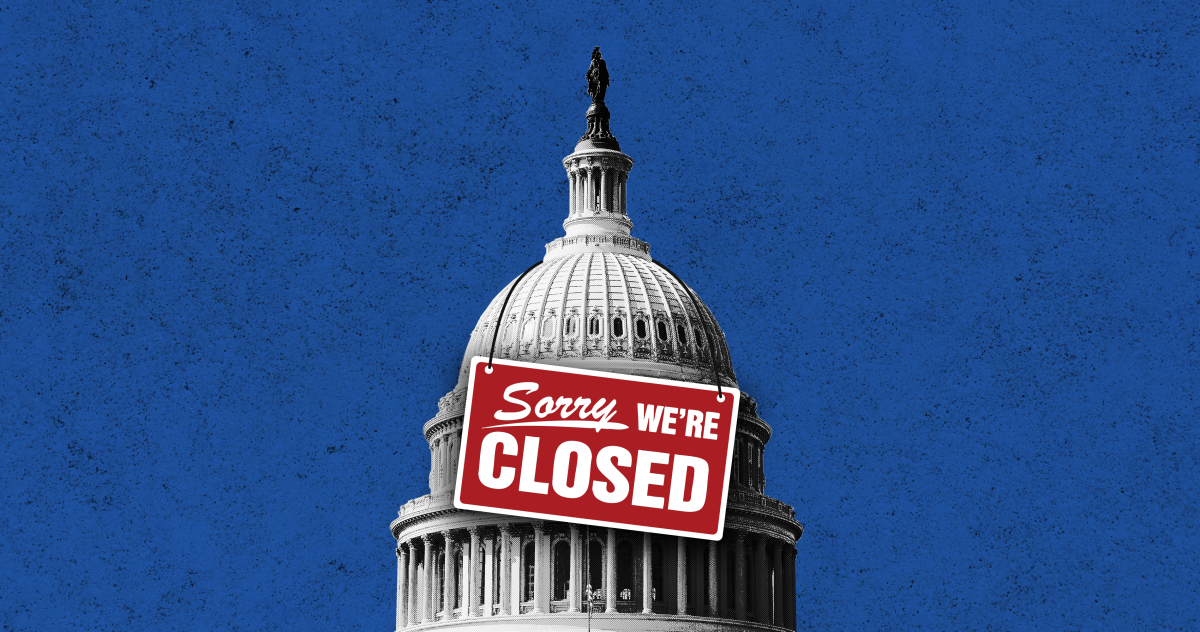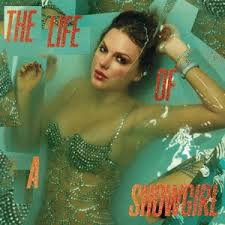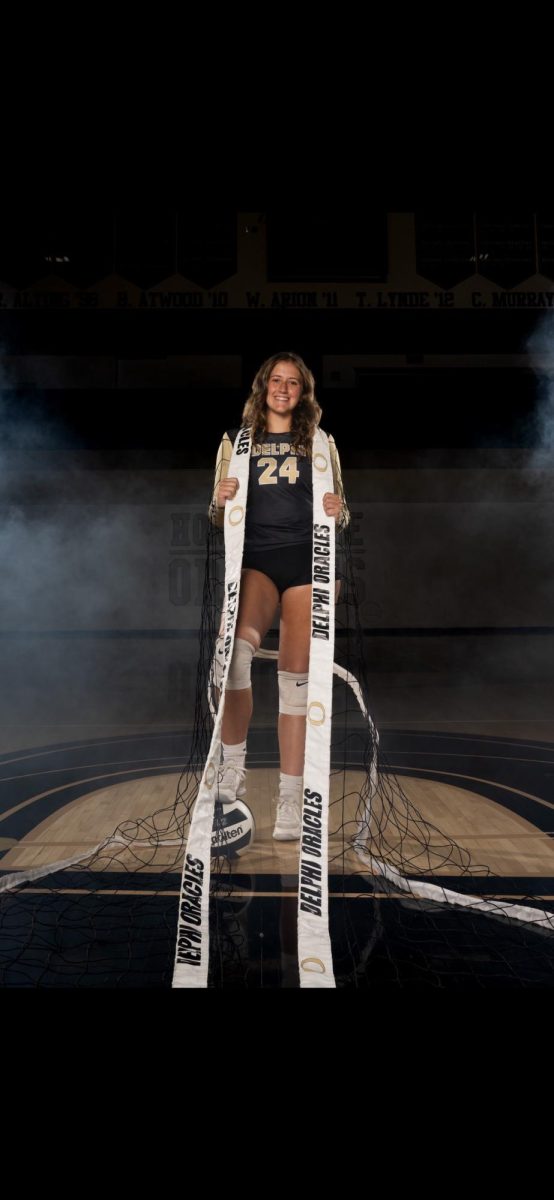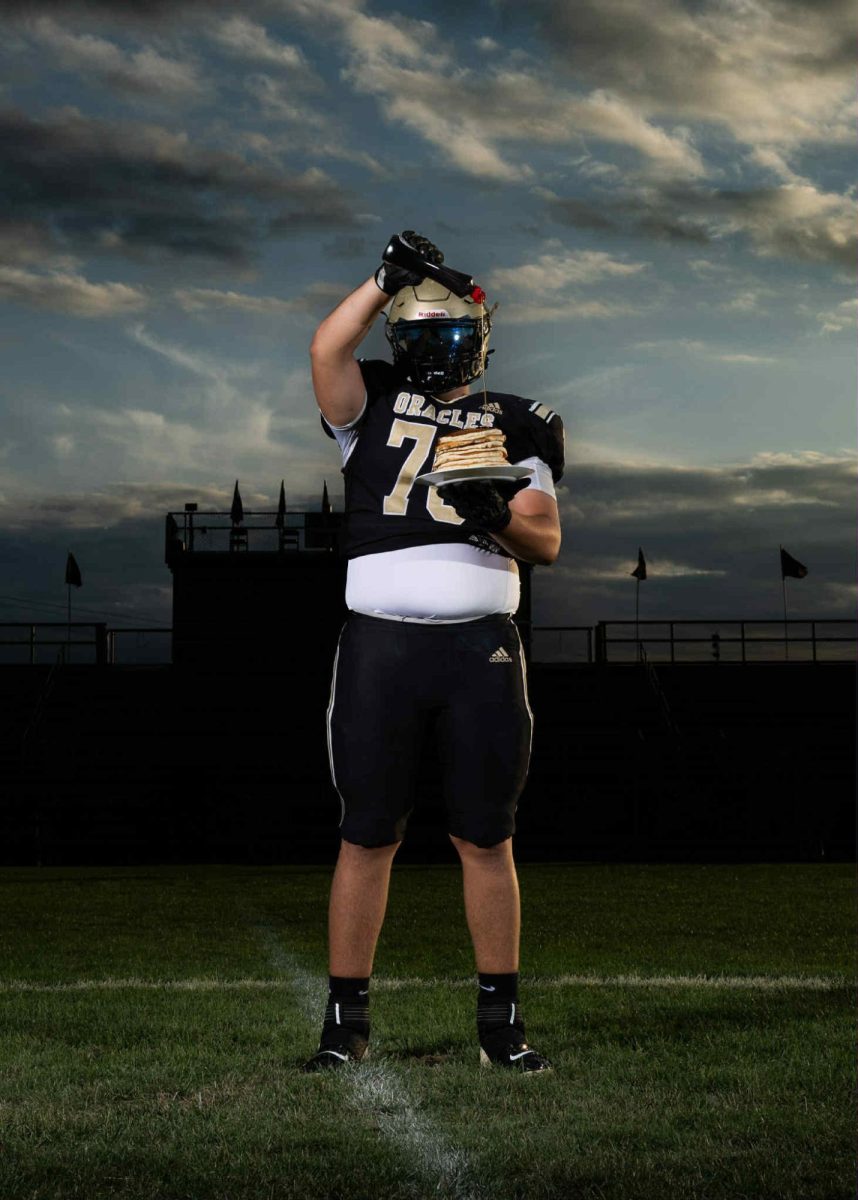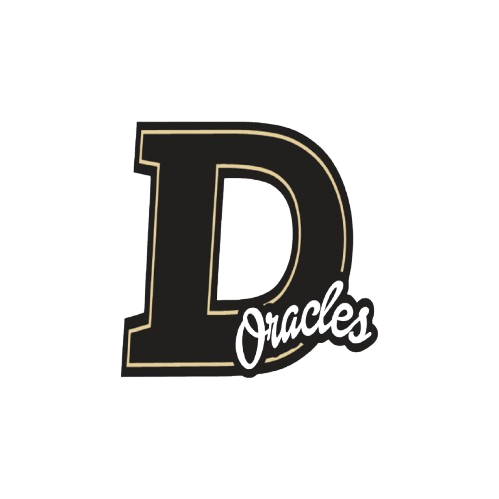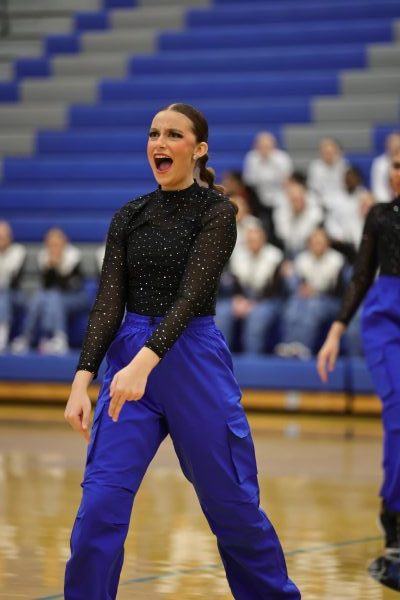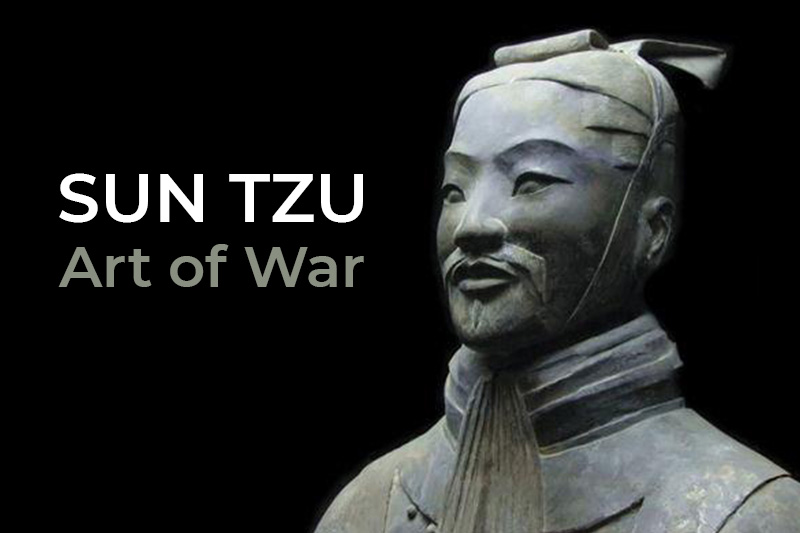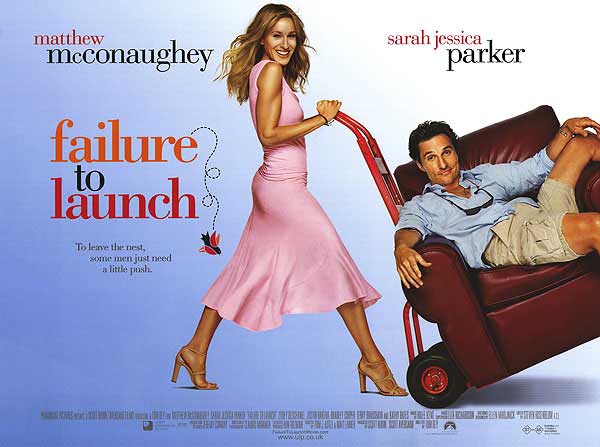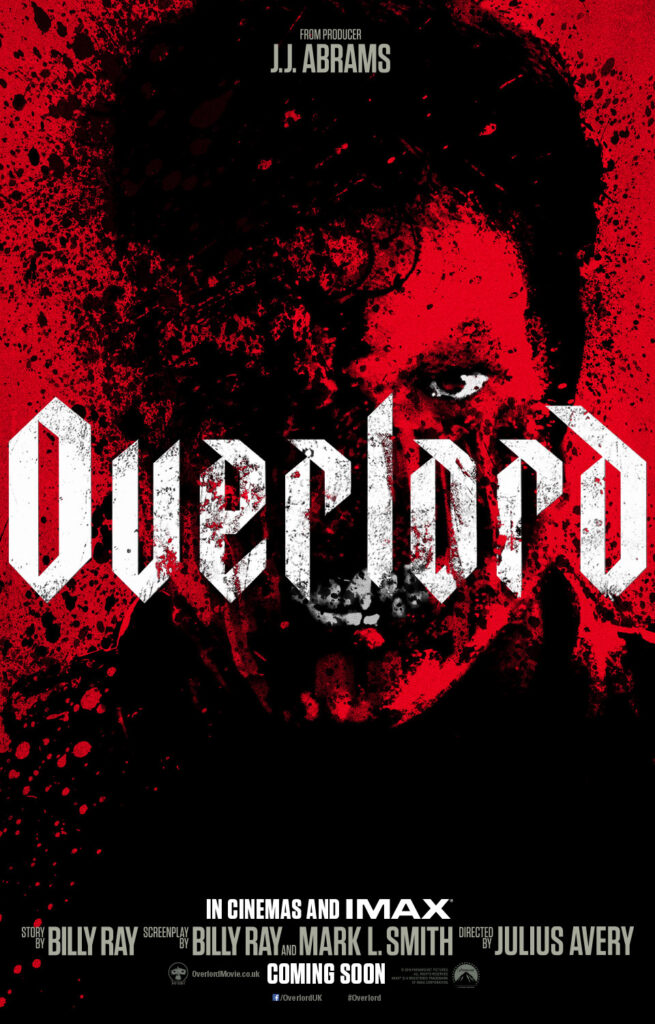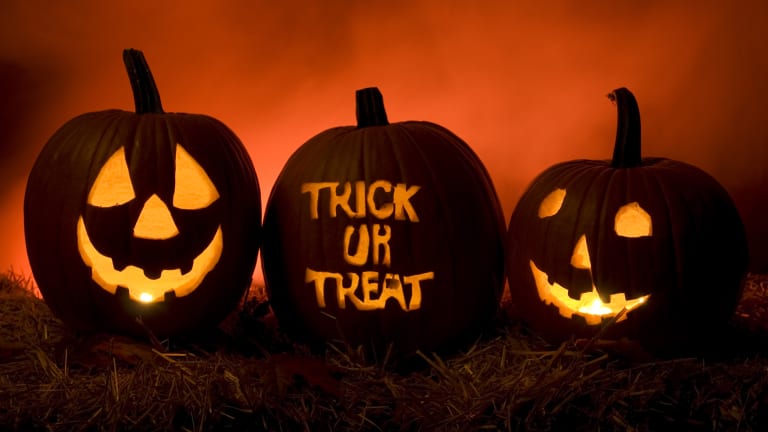Halloween: we commercialized a death festival
Halloween. When you first think of it, you probably think of candy and scary movies, maybe even bonfires and pumpkins. I’m sure you don’t think of the harvest and the end of summer, and I’m almost positive you don’t think of the long history of the holiday that started out as a harvest festival. With this being said, the celebration has changed quite a bit over the past couple of millenia.
The first Halloween-like celebration dates back to the Celts over 2,000 years ago. This festival was called Samhain; it was supposed to mark the end of summer and the harvest and the beginning of winter (winter being the time of cold, darkness, and death). On this night, it was said that the boundaries between the spirit world and the human world were blurred, so people would wear masks and stay by bonfires to ward off evil spirits. It was also said that their priests could make more accurate predictions of the future because the spirits would whisper prophecies in their ear.
When the Romans conquered the Celtic land in 43 AD, the Catholic Church got involved. The church decided that they needed to combine the Roman festivals Feralia and Pomona with Samhain to create one holiday. This holiday consisted of bobbing for apples (from Pomona), wearing masks and building bonfires (from Samhain), and performing religious rites to honor the dead (from Feralia). This stayed the same for nearly 700 years until Pope Gregory changed it in the eighth century. He decided to move All Saints’ Day from May 13 to November 1, thus creating All Hallows’ Eve on October 31. This change added parades to the mass of activities already happening. It was during these parades that trick-or-treat found its roots. On the parade routes, it was common for the poor to beg for food, so they were given soft, sweet pastries called soul cakes. This practice continued in Europe, but it changed drastically when it came to America with the settlers.
In the colonies, the beliefs of the settlers greatly limited the Halloween celebrations. For example, instead of having parades and religious ceremonies, they had bonfires and parties. At these parties, people would tell scary stories, sing, and dance. It was at these parties that trick-or-treat became Americanized. The “treat” aspect came from adults giving children food and trinkets to celebrate the harvest and the “trick” came from when young women would do tricks with yarn or mirrors to try to figure out the name of their future husbands.
By the 1800s, Halloween was pushed to become a community holiday; so, parents decided that Halloween needed to be less grotesque and more child-friendly. This change really caused it to lose most of its superstitious nature. By the 1950s, Halloween had become a holiday focused on children. With the Baby Boomer generation coming into the picture, trick-or-treating, dressing up, and parties became the staple of Halloween in America. Now, Americans spend over $6 billion annually on candy, costumes, and decorations for Halloween, and most of us don’t even know where it came from. While it may have taken 2,000 years, we have managed to Americanize a Celtic harvest festival. At any rate, the holiday has definitely changed.
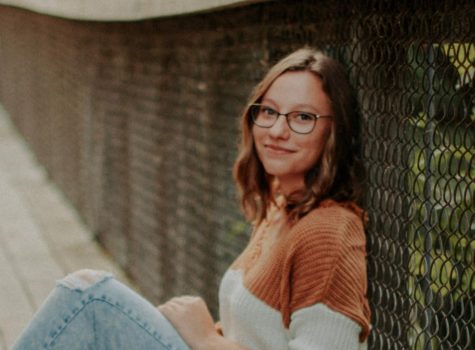
Elyse is a senior at Delphi and is in her third year of Parnassus. She is involved in golf, poms, and tennis, as well as Student Council, InterAct, Quiz...


